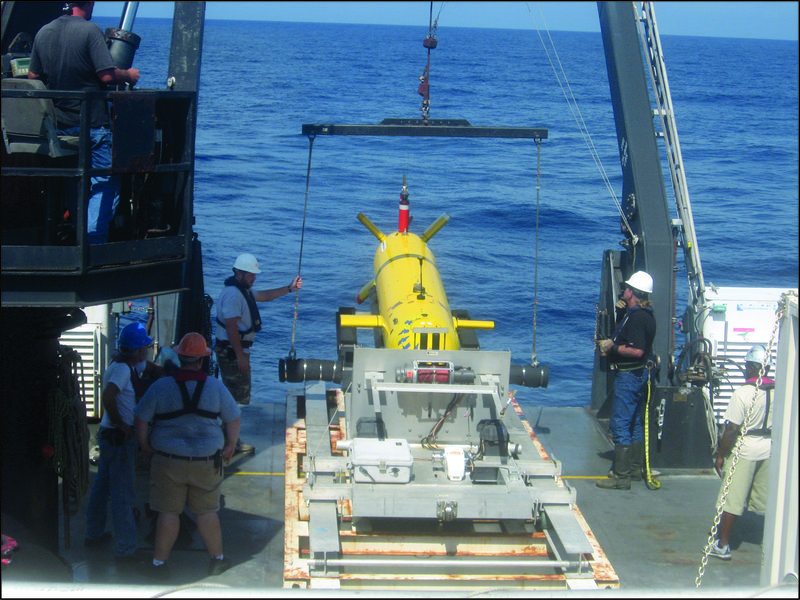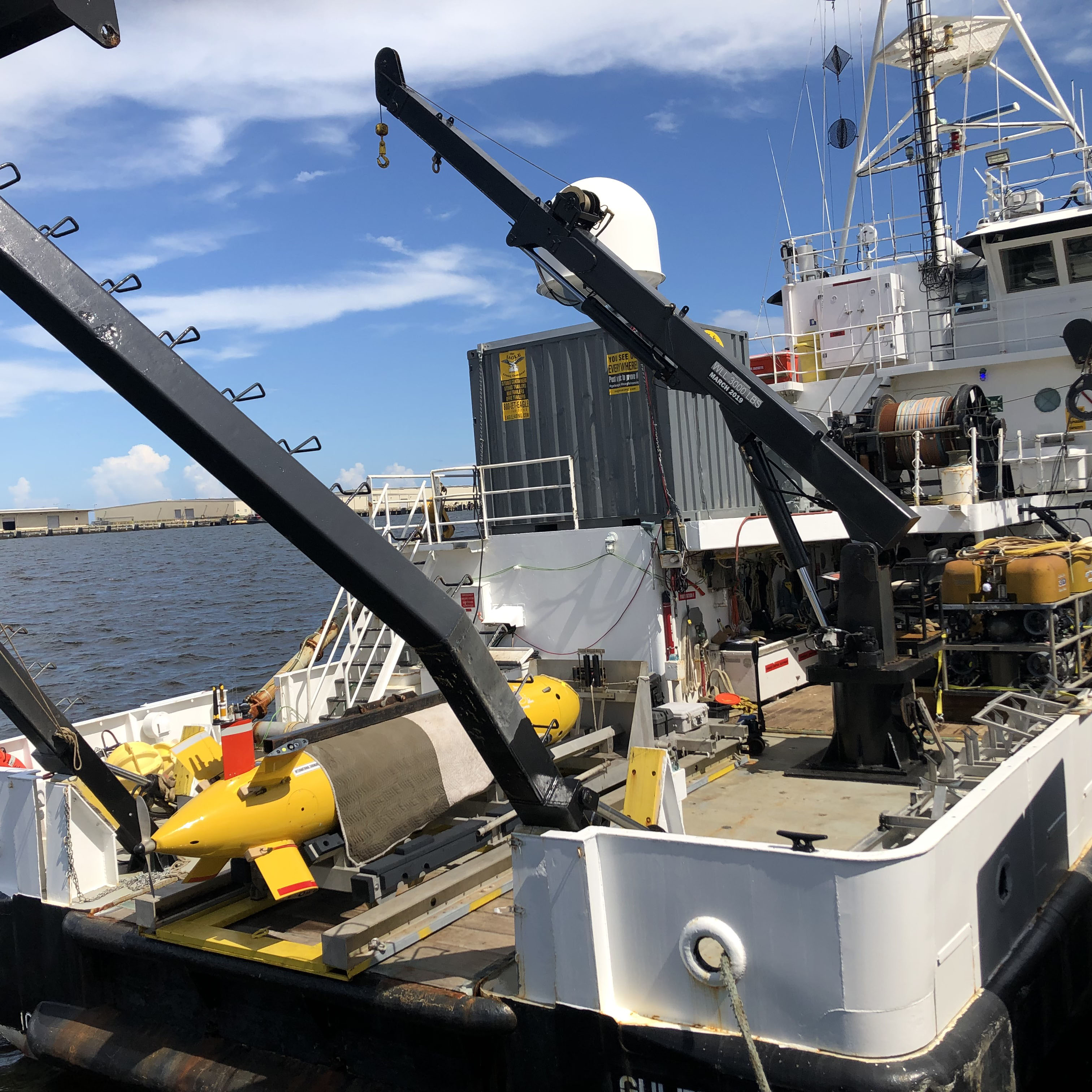
The features below will help you to understand the goals and objectives of the expedition and provide additional context and information about the places being explored and the science, tools, and technologies being used.

April 14 - 22, 2023, the team of scientists from the University of Southern Mississippi (USM) will continue their search for the wreck of SS Norlindo on USM’s Research Vessel Point Sur.
Read moreBy Leila Hamdan and Leonardo Macelloni

From January 26 – February 7, 2022, a team of scientists from the University of Southern Mississippi (USM) will re-embark on a two-week expedition to search for SS Norlindo, an American steam freighter sunk on May 4, 1942, off of Florida’s Dry Tortugas by the German U-boat U-570.
Read moreBy Leonardo Macelloni and Leila Hamdan
The areas where the shipwreck Norlindo presumably sank are located between 300 to 1200 meters (985 to 3,940 feet) water depth. These depths are inaccessible for direct human exploration, and thus we rely on advanced technologies including high-resolution sonars, autonomous underwater vehicles, precise positioning, remotely operated vehicles, and communications to put electronic ‘eyes’ on the seabed. Such sensors and platforms now make it possible to obtain completely new insights of the seabed, inclusive of natural environments and ones added by humans, including shipwrecks.
Read moreBy Leila J Hamdan
Microorganisms are essential to the function, habitability, and biodiversity of all seafloor ecosystems. Due to their small size, they lie invisible in plain sight. Yet they are abundant and present in all habitats on Earth.
Read moreBy Melanie Damour
On the evening of May 4, 1942, a 254-foot-long, oil-fired steam-propelled freighter cruised offshore of southwest Florida toward Havana, Cuba, unaware of her fate and the part she would play in Gulf of Mexico history.
Read moreBy Doug Jones
When planning the search for Norlindo, our team’s research design initially targeted an area encompassing its last known location, approximately 55 nautical miles to the northwest of Dry Tortugas National Park and the western extent of NOAA’s Florida Keys National Marine Sanctuary. However, while conducting additional research U.S. Bureau of Ocean Energy Management’s archaeologists identified several online resources that called into question the accuracy of the freighter’s previously reported sinking location.
Read moreBy Leonardo Macelloni, Arne Diercks, and Leila Hamdan
The SS Norlindo, a 2,686-ton and 253-foot-long American steam freighter, was sunk on May 4, 1942, off of the Dry Tortugas by the German U-boat U-507 under command of Korvettenkapitän Harro Schacht.
Read more